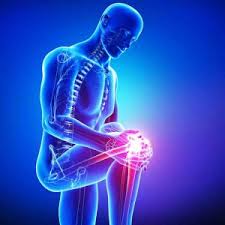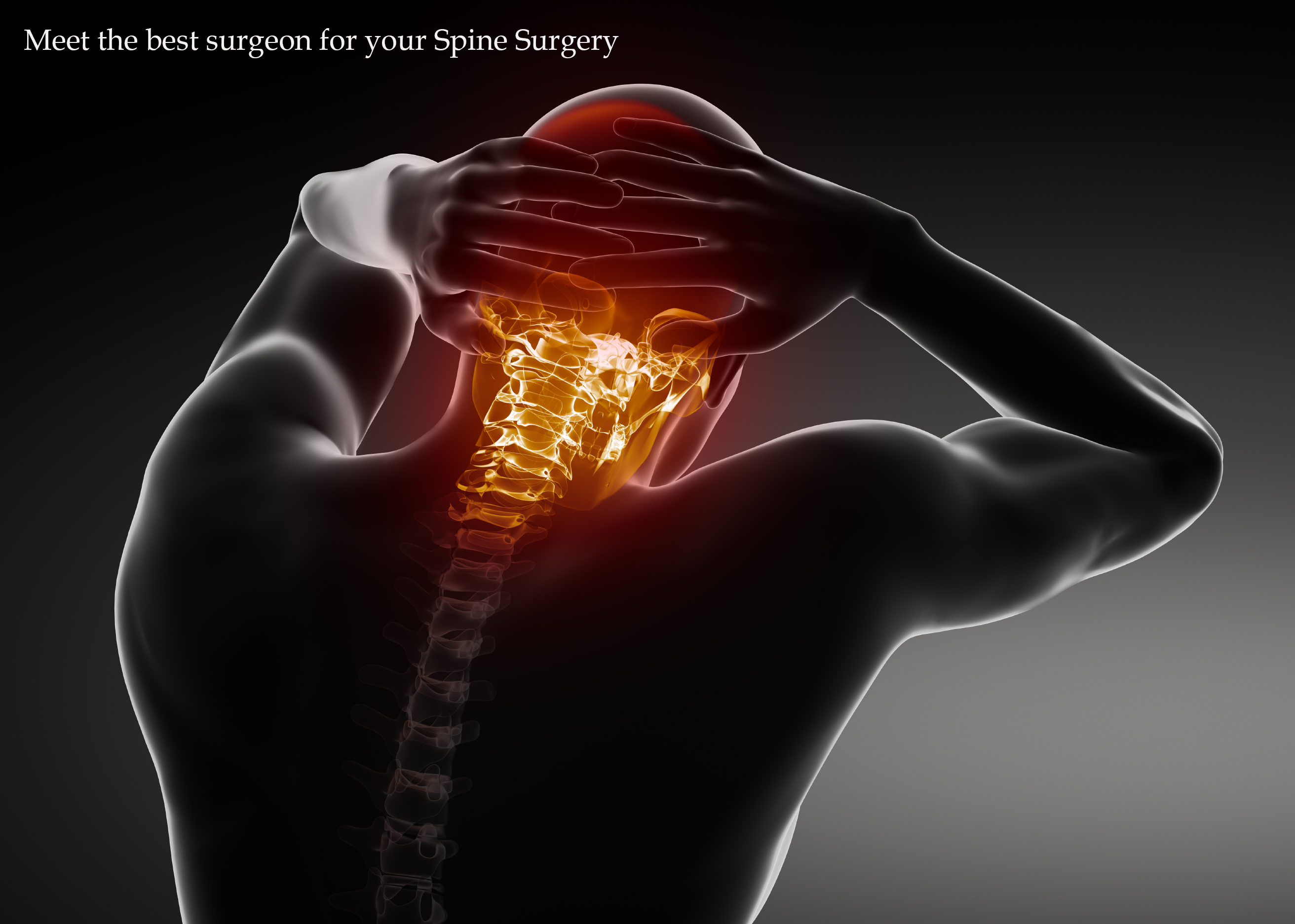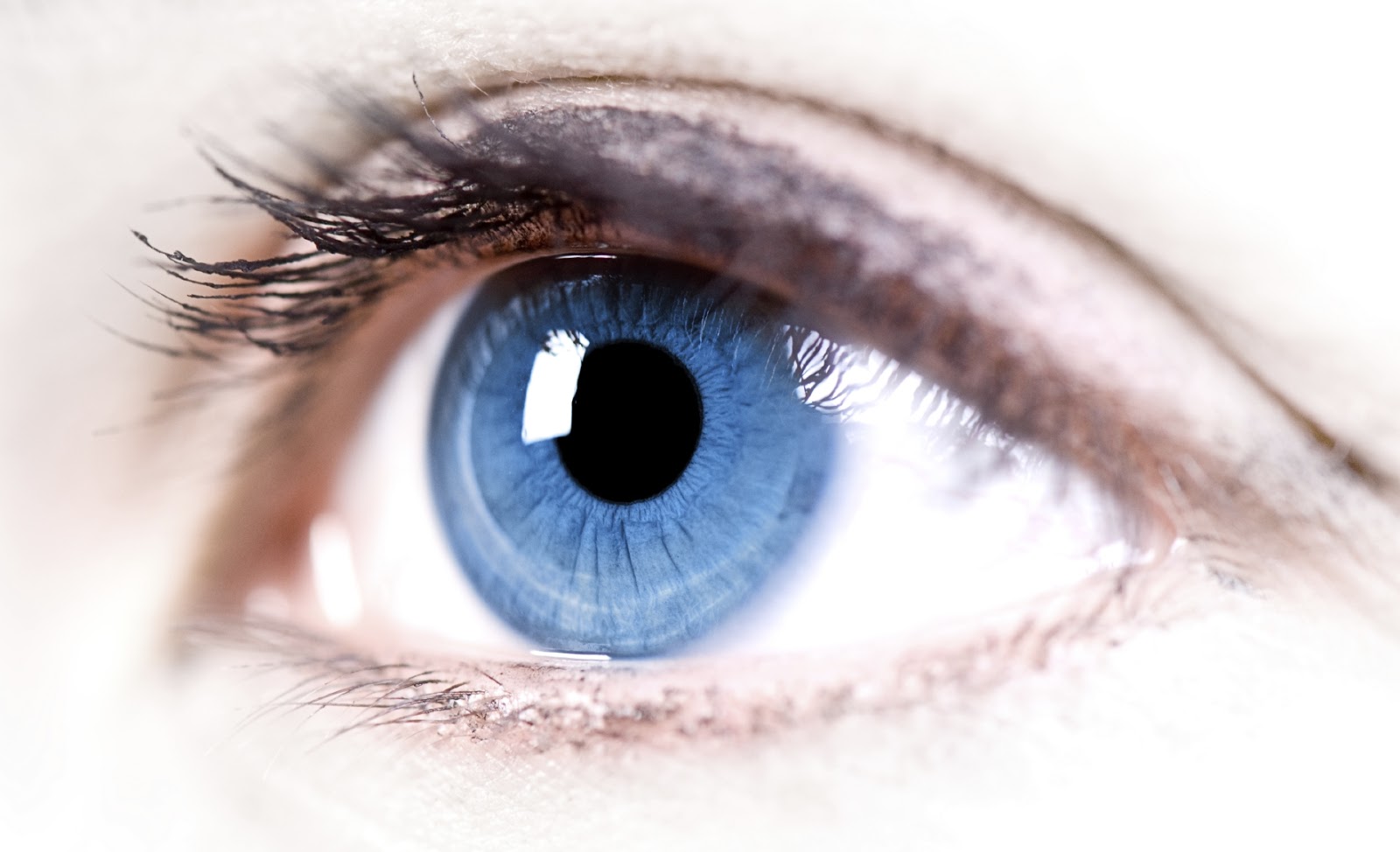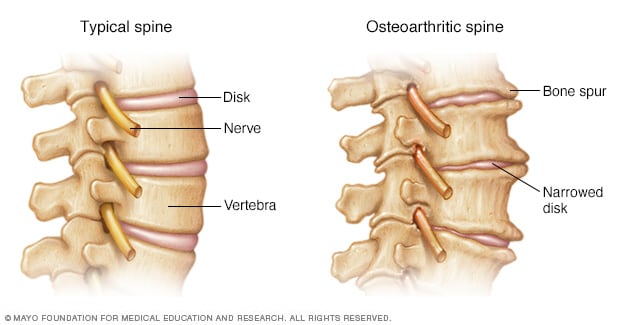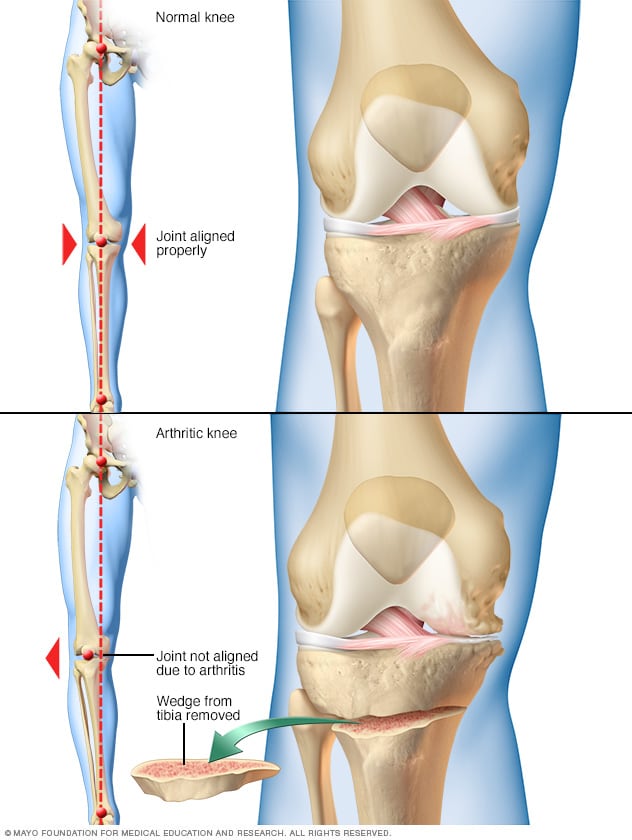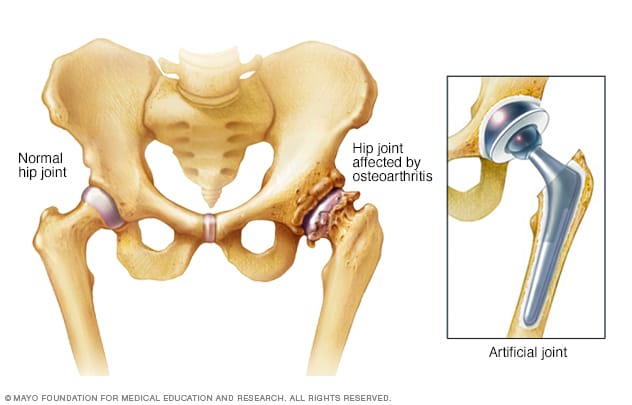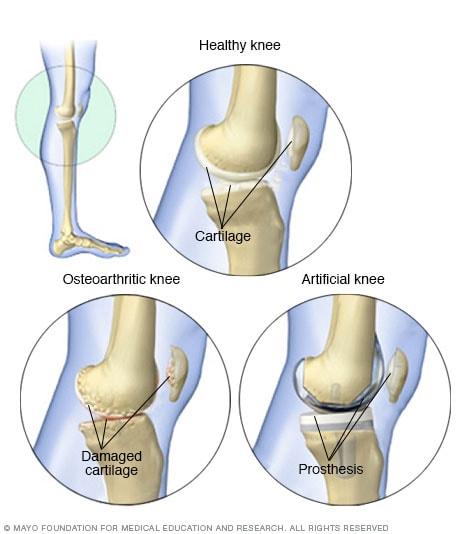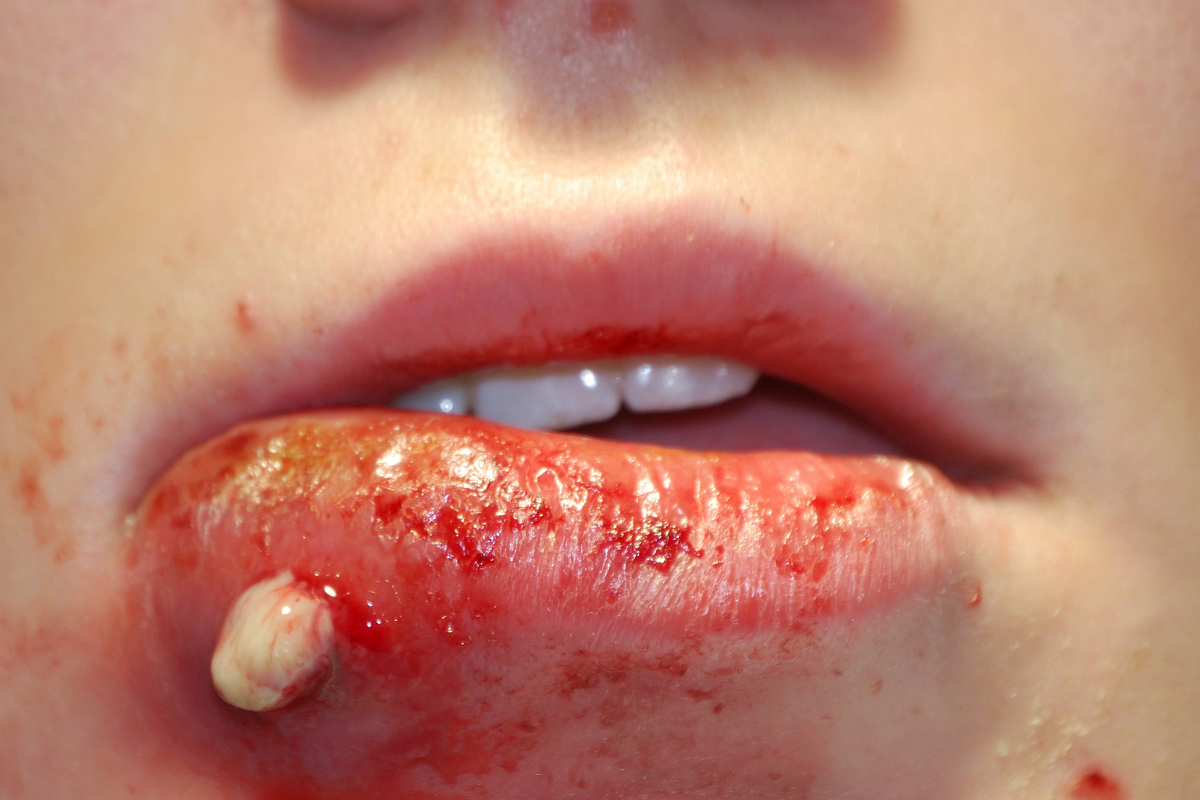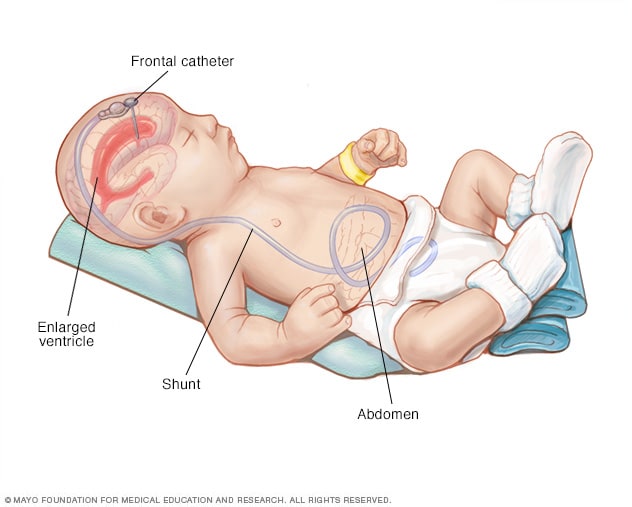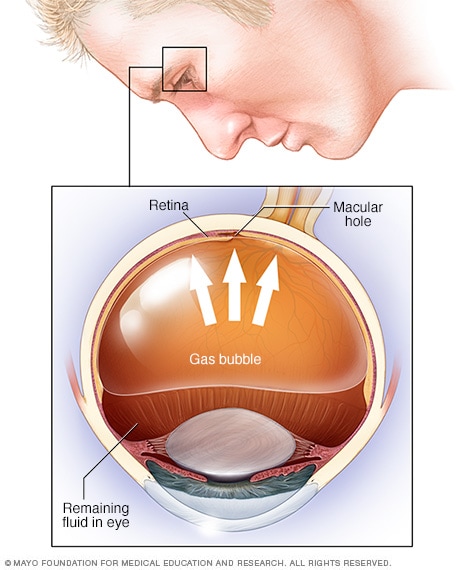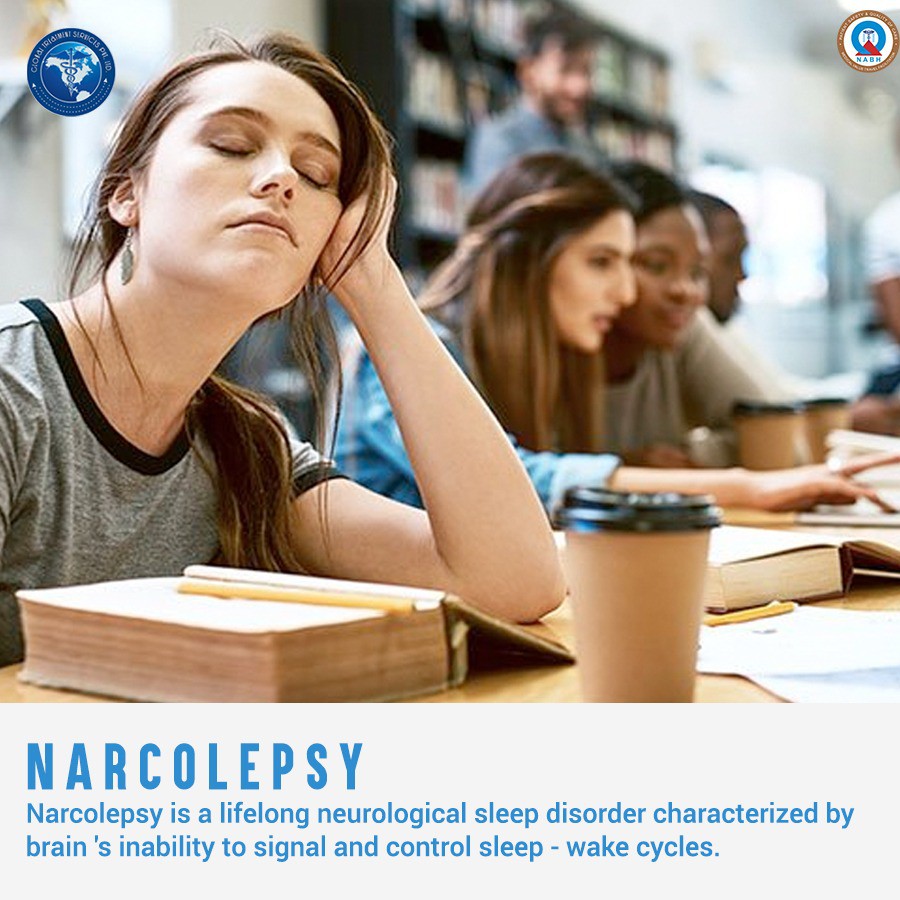 Can you recall a time when you dozed off during work? Probably, it was on the day after you partied whole night long. You were really exhausted and managed only a few hours of sleep. But, can you imagine a situation in which you fall into sleep instantly every now and then? While driving or eating? Isn’t it stressful? This is what happens to people with Narcolepsy.
Can you recall a time when you dozed off during work? Probably, it was on the day after you partied whole night long. You were really exhausted and managed only a few hours of sleep. But, can you imagine a situation in which you fall into sleep instantly every now and then? While driving or eating? Isn’t it stressful? This is what happens to people with Narcolepsy.
Narcolepsy is a chronic neurological disorder that affects the brain’s ability to control sleep-wake cycles. It is characterized by sleep attacks, sleep paralysis, hallucination and in some cases episodes of cataplexy (explained in a later section). People with narcolepsy are overwhelmingly drowsy throughout much of the day. They also experience intermittent, uncontrollable episodes of falling asleep during the daytime and uneven interrupted sleep during night.
Narcolepsy explained
Narcolepsy can affect greatly affect daily activities ,ofcourse adversely. These sudden sleep attacks may occur during any type of activity at any time of the day. Sleep invades even in the middle of an activity like driving, eating, talking or dancing. Yes, you read that right! So, if left undiagnosed or untreated, this neurological condition can interfere with overall psychological, social and cognitive function and development which can in turn inhibit academic, work and social life.
In a normal sleep cycle, we initially enter early stages of sleep followed by deeper sleep stages and ultimately REM (rapid eye movement) sleep. It takes around 60-90 minutes. Dreams happen during REM sleep. Now during this stage, brain keeps muscles “limp” and as a result, people are incapacitated to act out of their dreams.
In contrast, narcoleptic people enter REM sleep rapidly in about 15 minutes of falling asleep without experiencing non-rapid eye movement sleep (NREM), both at night and during the day. The boundary between awake and sleep is blurred. Consequently, aspects of REM sleep intrude on wakefulness, while wakefulness intrudes on their sleep.
Who is affected?
It can affect irrespective of the gender. Typical onset of narcolepsy is between the ages of 10-25; but can occur anytime in life, even in early childhood. Statistics show that about 1,35,000-2,00000 in US have narcolepsy. In India, it is fewer than a million. But in reality, the numbers may be higher since people with narcolepsy are often misdiagnosed with other conditions such as psychiatric disorders and emotional problems. It is estimated that up to 50% of patients with Narcolepsy may be undiagnosed.
Causes of Narcolepsy
The cause of narcolepsy is not clearly established. Some experts suggest that narcolepsy may be due to the deficiency of certain chemicals in brain which signals sleep-wake cycles called hypocretin. Current research points that narcolepsy involves multiple factors, which causes the neurological dysfunction and REM sleep disturbances, working together to cause a lack of hypocretin.
Symptoms of Narcolepsy
Narcolepsy is a lifelong condition. But symptoms can partially improve over time, but never disappear completely. All narcoleptics experience excessive daytime sleepiness, but all of the symptoms are seen only in 10-25 % of affected individuals.
Excessive daytime sleepiness (EDS)
This most obvious symptom is the inability to stay awake and alert during the day regardless of how much sleep an individual gets at night. The real scare is that the sleepiness is not normally drowsiness, but ‘sleep attacks’ where the individual falls off to sleep suddenly.
Sleep disruption and insomnia
Narcoleptic sleep is disrupted by frequent awakening, also called fragmented sleep. Sleep may be also disrupted by insomnia, vivid dreams, sleep apnea, acting out while dreaming and rapid leg movements.
Cataplexy
Cataplexy is a sudden and uncontrollable, brief loss of voluntary muscle control (actually the ‘muscle paralysis of REM sleep) often triggered by experiencing strong and intense emotions such as laughter, stress, anger, fear or excitement. Cataplexy attacks may vary in severity from partial cataplexy, which involve the slurring of speech to full cataplexy where an individual collapse to the ground, awake but unable to move, speak or keep eyes open.
In about 10% of narcoleptics, this is the first symptom to appear and could be misdiagnosed as a seizure disorder. But unlike fainting or seizure disorder, people remain conscious even during the most severe attack.
Sleep Paralysis
While falling asleep or waking up, sleep paralysis causes temporary inability to move or speak. It usually lasts for only a few seconds or minutes. It resembles cataplexy except that it occurs on the edges of sleep.
Hallucinations
Very vivid and frightening images can accompany sleep paralysis and usually occur when people are falling asleep or waking up. Most often, the content is primarily visual, but any of the other senses can be involved too.
Automatic behavior
Sometimes, narcoleptics experience temporary sleep episodes that can be very brief, lasting no more than a few seconds. Person automatically continues any activity they were doing, for example, eating or talking for a few seconds or minutes without consciousness.
They cannot recall their actions and their performance is almost always impaired. If episodes occur during driving, individuals may get lost or have an accident.
Types of Narcolepsy
Type 1 narcolepsy (Narcolepsy with cataplexy).
It is diagnosed by low levels of hypocretin or reporting cataplexy/excessive sleepiness on a special nap test.
Type 2 narcolepsy (Narcolepsy without cataplexy)
These people experience severe day time sleepiness but usually do not have muscle weakness triggered by emotions.
Diagnosis
On average it takes 10 years from onset of symptoms to an official diagnosis of narcolepsy. Prior to diagnosis, it is not uncommon for people to be misdiagnosed with other sleep disorder, depression, psychiatric conditions, ADHD and even epilepsy.
If doctor suspects narcolepsy, he or she will most likely recommend the following sleep studies:
Polysomnography (PSG)
During the PSG, a technician places multiple sensor, which are connected to a computer, on the patient’s head, neck, chest and legs to record brain waves, oxygen levels, eye movements, muscle tone and heat and breathing rates. Also, a video is recorded for monitoring the body movement.
Multiple Sleep Latency Test (MSLT)
MSLT is a day time sleep study conducted after a PSG to assess the quality of night time sleep and the degree of sleepiness during the day. The MSLT involves several naps scheduled at 2-hour intervals beginning a couple of hours after you wake up in the morning. It documents how readily a person can fall asleep, REM patterns, eye movements, heart rate, chin movements and certain brain activities.
Lumbar Puncture
The lumbar puncture is used to test the level of Hypocretin-I. It involves a spinal tap to collect the fluid. This test is specific to narcolepsy, as there are no other conditions known that can cause a decrease in hypo cretin levels.
Treatment
While is no cure for narcolepsy, individuals with narcolepsy can lead full and productive lives with a combination of pharmacological treatment and lifestyle adjustments.
Every individual with narcolepsy is different and medications that work best for one individual may not work for best for another. Therefore, it is necessary to talk to your doctor or health care professional about the option for specific specialized treatments.
Medications for narcolepsy can include, sodium oxybate (Xyrem), stimulants, antidepressants, and selective serotonin reuptake inhibitors (SSRIs) and serotonin/norepinephrine reuptake inhibitors (SNRIs).
Life style changes
Improve sleep hygiene: Sleep hygiene is the practice of healthy sleep habits that optimize nighttime sleep quality.
Exercise: Daily exercise performed more than 3 hours before bedtime promotes better quality sleep.
Rise: When it’s time to wake up, let in as much natural light as possible. Natural light assists internal regulation of our sleep-wake cycle so getting outdoors during the day is important too.
Listen to your body: Scheduled daytime naps are effective ways recharging your energy level.
Avoid smoking: especially at night
Due to narcolepsy being poorly understood and largely invisible, many people experience feelings of isolation, loss of self-confidence, depression and anxiety. Additionally, the diagnosis of narcolepsy may affect education and career choice, as not all activities and routines fit into the type of schedule an individual with narcolepsy may require. Children and adolescents with narcolepsy may struggle with emotional regulation and display aggressive behaviors that lead to social exclusion and feelings of self-loathing and shame.
With adequate medications and life style changes, narcolepsy can be brought under control. It is believed, Thomas Alwa Edison was narcoleptic. Late night show host Jimmy Kmmel is narcoleptic. What more assurance is required to prove that narcoleptics can be successful in any direction they choose! But make sure to use proper medications.



